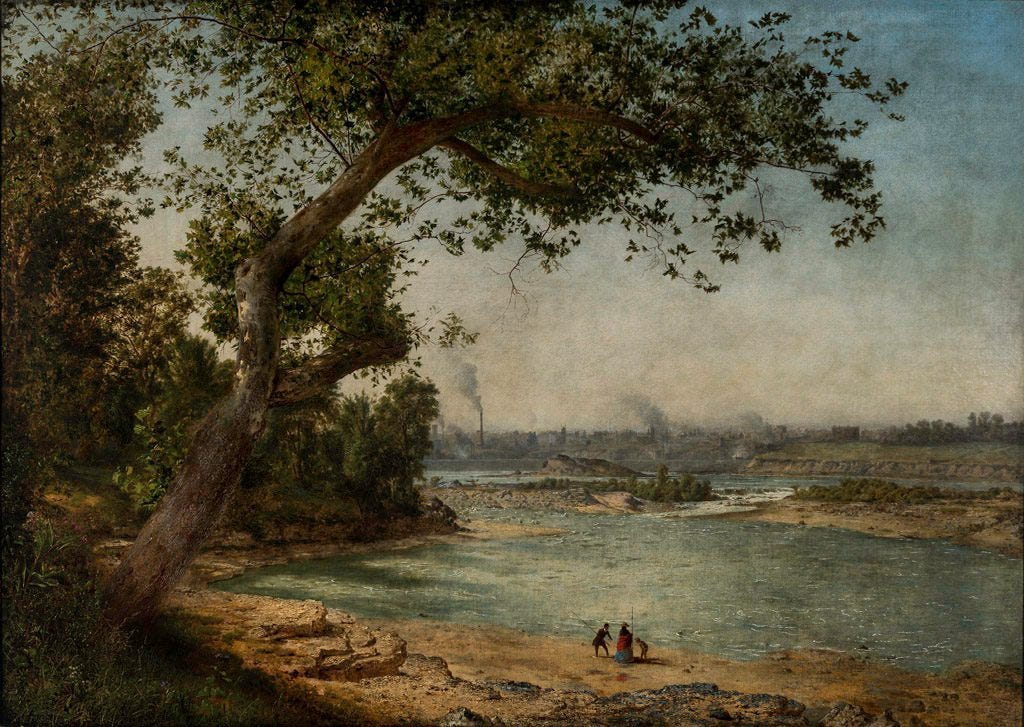
Capital “T”
In many ways, the poet’s work is to interrogate the truth. I invoke the “truth” lightly — we all have different thoughts about what that is, and I don’t intend to stake a claim on it today. My point in using the word truth — as opposed to realism or literalism — is to place emphasis on the poet’s role as capital-T Truth-explorer by way of stepping out of a personal truth and into an expansive one. While personal truth may be literal, or it may attempt to communicate a definitive way of being, an expansive one intends to explore the multi-faceted and the complex.
I recently read, as part of a poetry workshop with the wonderful Dr. Kristi Maxwell, Gabrielle Bates’s book Judas Goat. One of the areas Bates explores exceptionally well is the fallibility of memory, experience, Truth. While many of her scenes are deeply grounded in real-world autobiographical experience, her inner dialogue and diction choices often lead us to question what is universally true in the world of the poem. She uses contradiction and double meaning to the effect of slowing down our reading, causing a questioning of the text that serves the reader by pushing the possibilities of the poetics.
So how do we liquify, double, question, expand the truth in interesting ways? Here’s a three-part exercise I developed in the aforementioned workshop to do just that. I hope you’ll join me!
Step 1:
Before completing, read through “The Lucky Ones,” by Gabrielle Bates, taking special note of what the author uses to ground the poem (anecdotes like “…the centuried oaks at Toomer’s Corner / hollow,” but also the techniques she uses to interrogate truth (“I am warned against marrying / early love. I am also told / it works out, sometimes,…”).
Step 2:
Bates uses a real-life event (a man poisoning trees on a university campus and bragging about it on a radio show) to ground the poem. Choose a physical place (city, park, neighborhood) and search for any recent (i.e. within the past five years) news articles about it using a search engine of your choice (or maybe ChatGPT might have some fun stories to tell you!). Take note of any phrases from the article or details that stand out to you.
Step 3:
Based on Bates’s use of oxymorons and contrasting phrases, draft at least five oxymoronic, or opposing, couplets. (Ex. Horses gallop past the grassy knoll. / The hill is empty for years.)
Step 4:
Create a poem of at least 20 lines using material from your list of opposing couplets and place details. You may decide stanza length, line length, etc., but try to include some material from your couplet drafts and research!
Example
Industry dumped more toxic pollution into the Ohio River than any other U.S. watershed in 2020
After Louisville Public Media
We need power and steel like we need water, like the fish needs to be caught in a net of silvery plastic that no one holds, the polluted stream carrying it forward as the Ohio River surges with rainwater and sunlight evaporates it from the shoreline It’s a cold waste of resources, caring for a river whose only use is to carry: to stomach the forever chemicals, to swallow the shit that’s wasting it A mint julep is poured from a steamboat A factory dumps nitrates farther down the line A non-stick pan cools down on the stove The earth heats up as the Little Pigeon watershed is slogged with debris filtered out when we drink, only a shadow remains of the pounds of petrochemicals that dissolve — they were never there.




